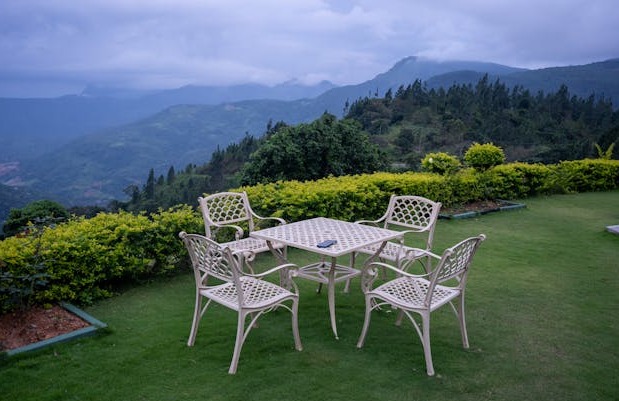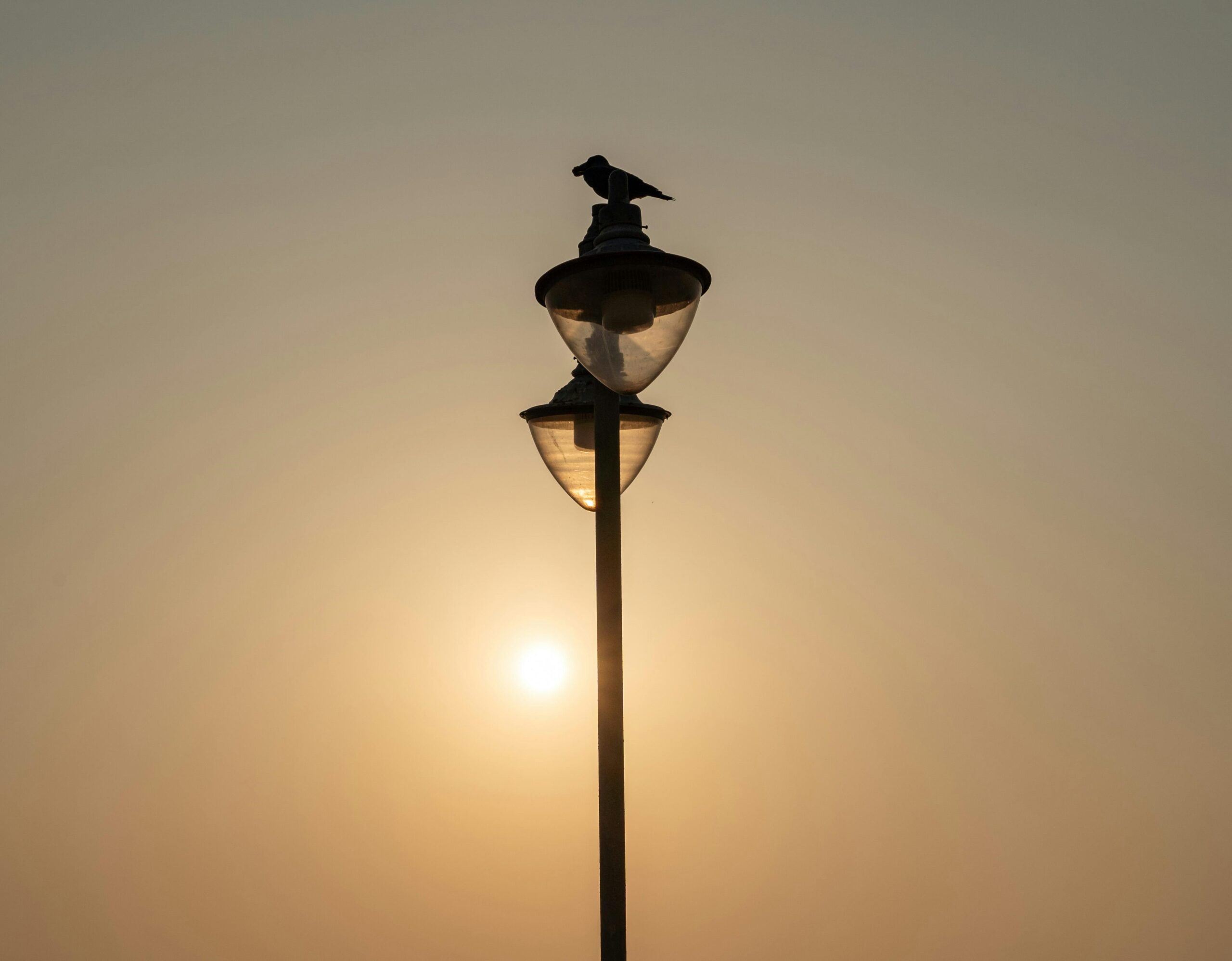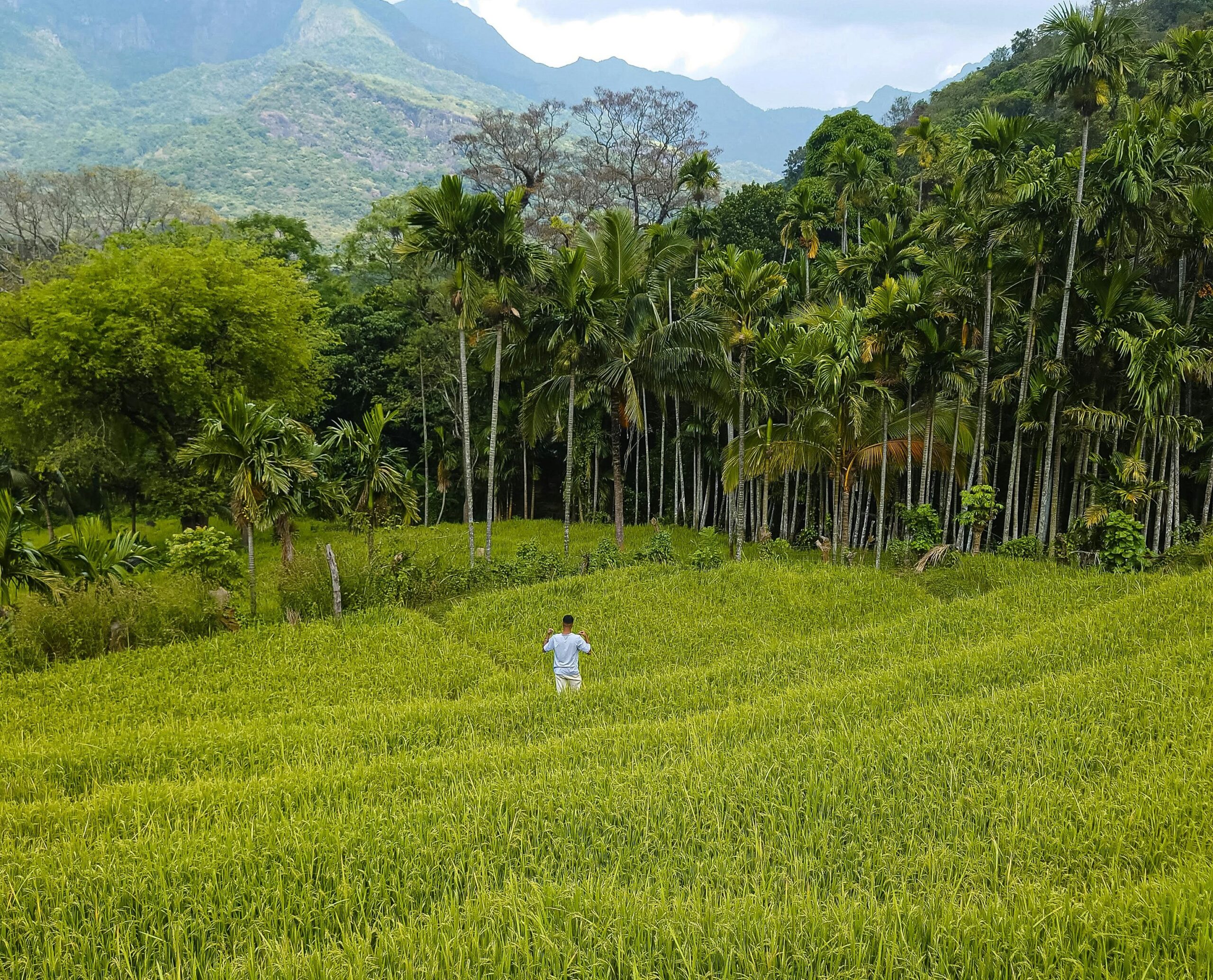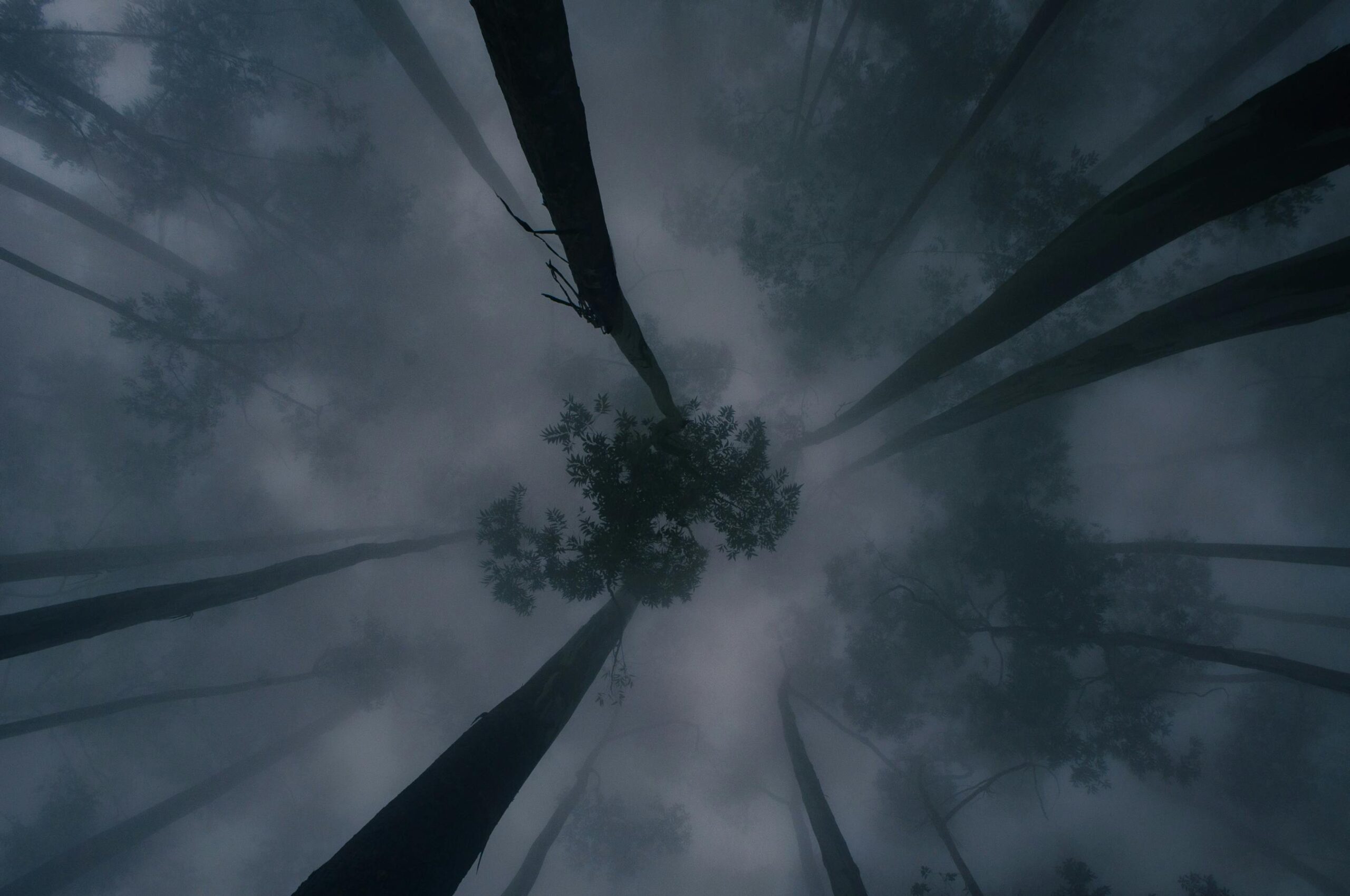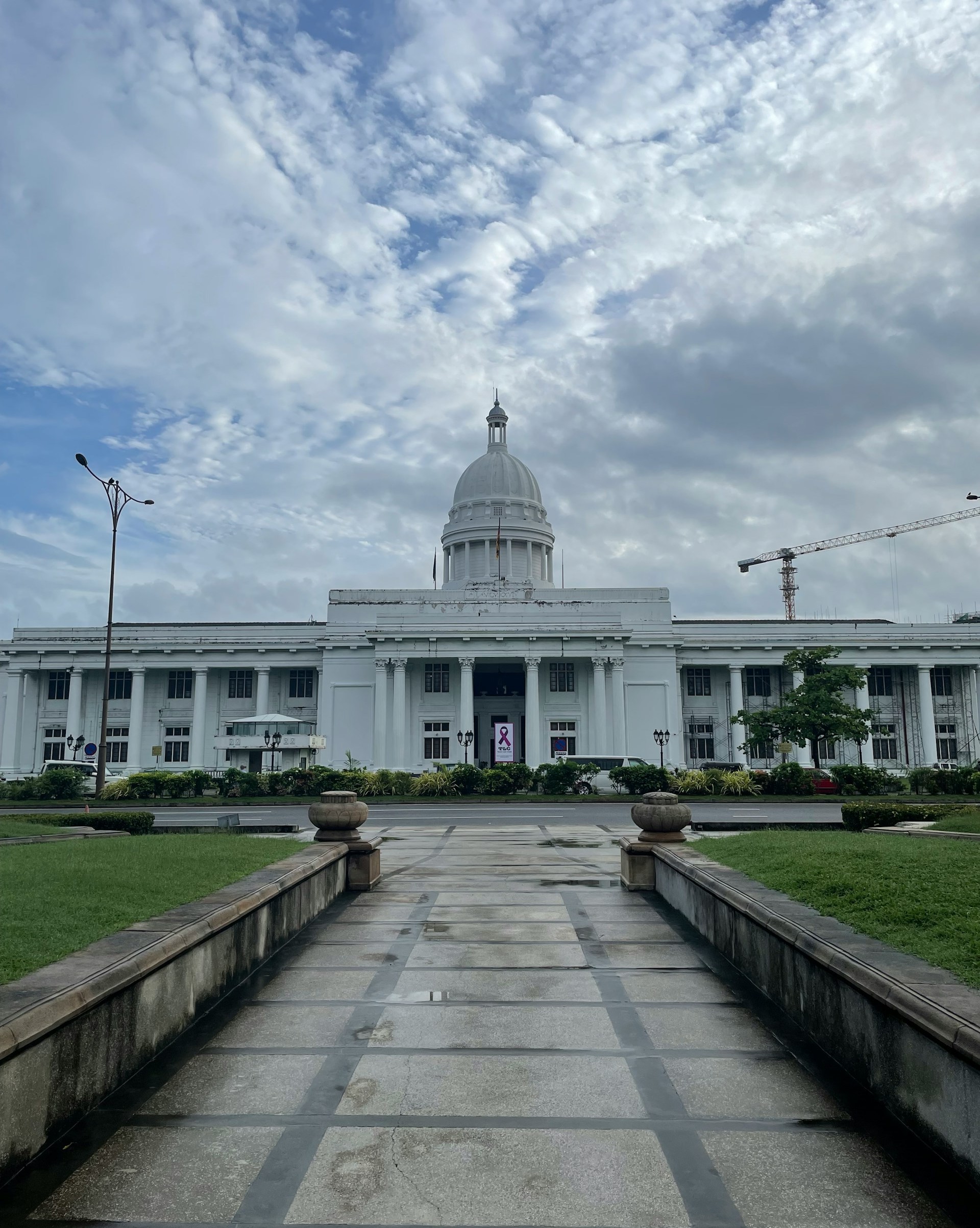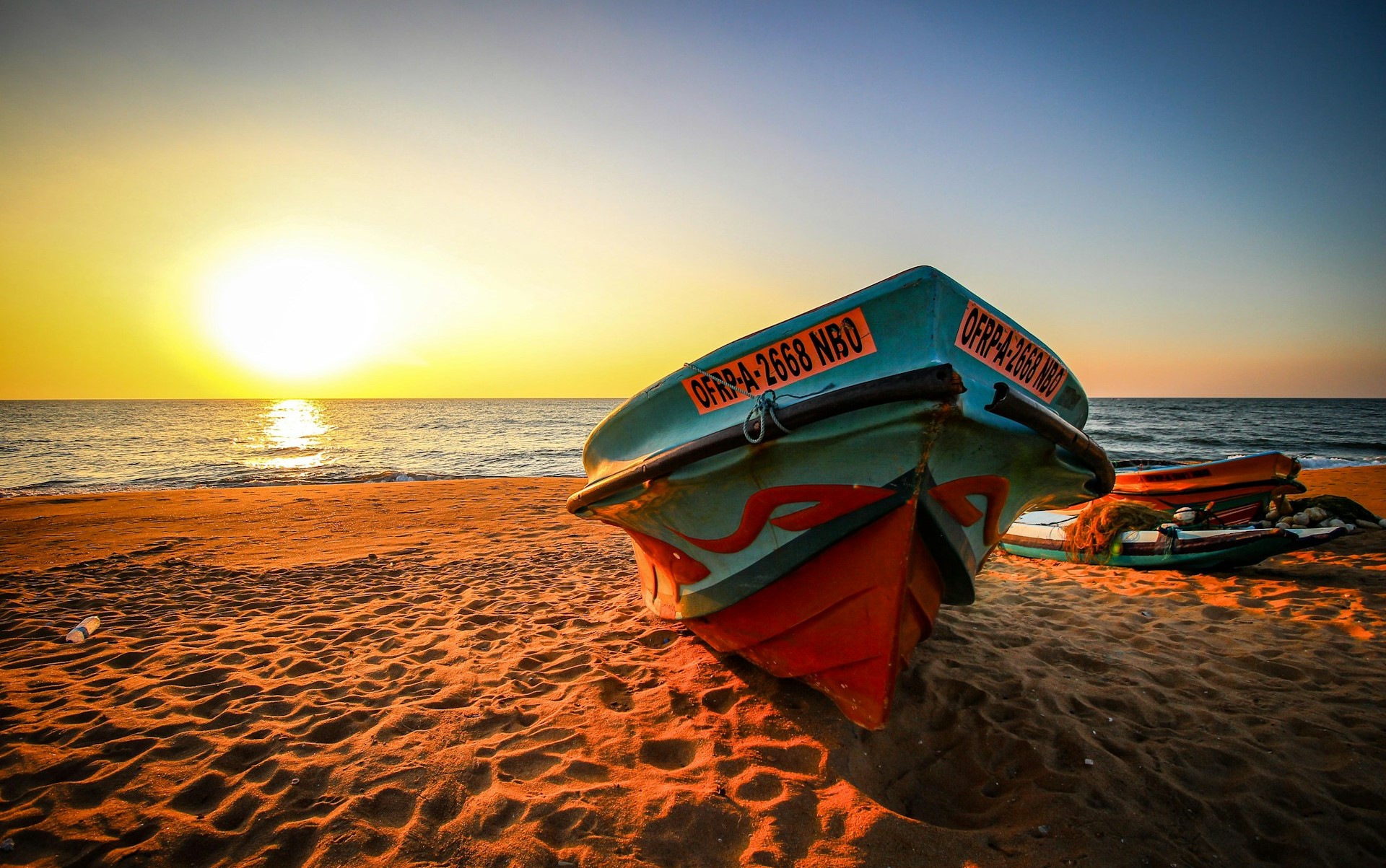Sri Lanka Weather in May: A Detailed Guide for Tourists in 2025
Planning a trip to Sri Lanka in May? Understanding the Sri Lanka weather in May is key to crafting a perfect itinerary. As the southwest monsoon (Yala season) begins, May brings a mix of sunny days, occasional showers, and vibrant festivals like Vesak. At…
How Long Should I Stay in Sri Lanka to See the Highlights?
Sri Lanka is a treasure trove of culture, nature, and adventure, making it hard to decide how long to stay. If you’re short on time, 5-7 days can give you a taste of the highlights, like Sigiriya, Kandy, and southern beaches. For a fuller…
Is Sri Lanka a Safe Place to Travel? A Comprehensive Guide for 2025
Yes, Sri Lanka is considered safe for most tourists in 2025, but it’s important to stay informed and take precautions. The country has stunning beaches, rich culture, and warm hospitality, attracting millions of visitors annually. However, recent travel advisories from Australia (Australian Government Travel…
Is Sri Lanka a Good Place for a Honeymoon? Your Ultimate Guide for 2025
Dreaming of a Romantic Escape with Your Partner? If you’re wondering, “Is Sri Lanka a good place for a honeymoon?” the answer is a resounding yes! With its pristine beaches, misty hill country, rich culture, and intimate experiences, Sri Lanka is a paradise for…
Accommodation Options in Sri Lanka | Where to Stay in Sri Lanka?
Sri Lanka, a tropical paradise, offers a diverse range of accommodation options to suit every traveler’s budget and preference. From luxurious beachfront resorts to cozy guesthouses nestled amidst lush greenery, you’ll find the perfect place to unwind and immerse yourself in the beauty of…
What’s the Weather Like in Sri Lanka in December?
A Tropical Paradise Awaits December marks the peak tourist season in Sri Lanka, offering a perfect blend of warm sunshine, lush greenery, and cultural experiences. With its tropical climate, the island nation enjoys consistently pleasant weather throughout the year, making it an ideal destination…
Colombo National Museum: A Journey Through Sri Lanka’s History
Colombo National Museum is a treasure trove of Sri Lanka’s rich heritage, offering visitors a captivating glimpse into the island nation’s past. Whether you’re a local or a foreign traveler, this iconic museum is a must-visit destination. . Why Visit the Colombo National Museum?…
Preserving Paradise: A Journey to the Kosgoda Turtle Conservation Centre
The Kosgoda Turtle Conservation and Research Centre stands as a beacon of hope for the preservation of Sri Lanka’s majestic sea turtles. Established in 1978 by Victor Hasselblad, the renowned Swedish camera maker, this pioneering project was born out of a deep concern for…
The Pekoe Trail in Sri Lanka
The Pekoe Trail is a newly established long-distance walking trail in Sri Lanka. It covers 300 kilometers (185 miles) of the central highlands of the country. It is also considered the first ever long-distance walking trail, which provides a unique experience for hikers, trekkers,…
Discovering the Wonders of Negombo Lagoon: A Sri Lankan Oasis
Embark on a scenic voyage through Negombo Lagoon, a captivating haven between bustling Negombo town and the azure Indian Ocean. Spanning 35 square kilometers, this estuarine gem invites adventurers and nature enthusiasts to explore its serene waters, rich biodiversity, and cultural tapestry. Whether you…


